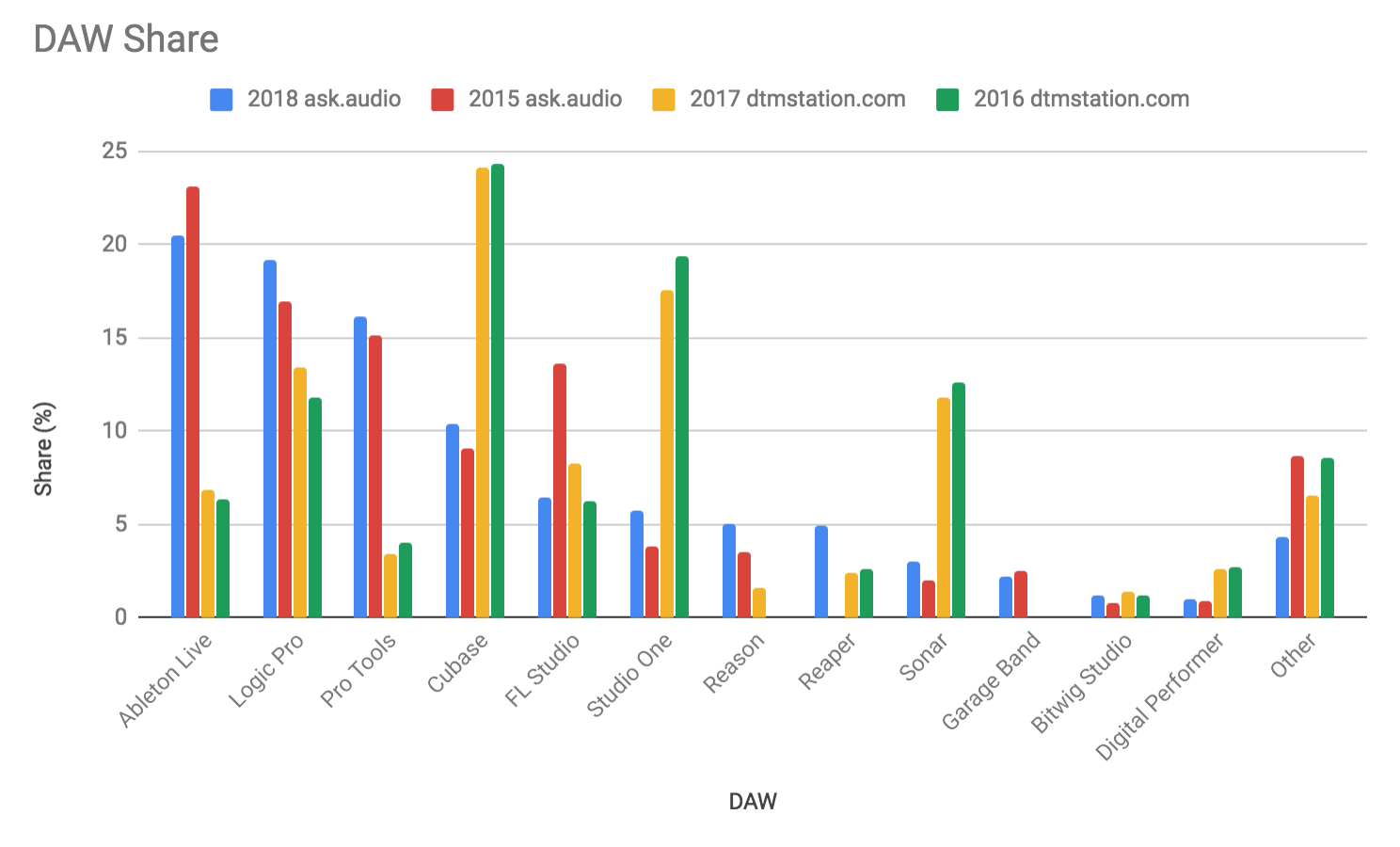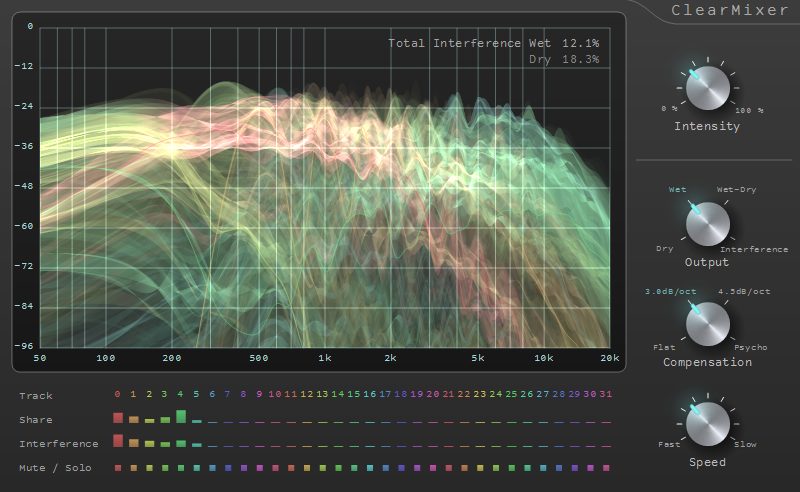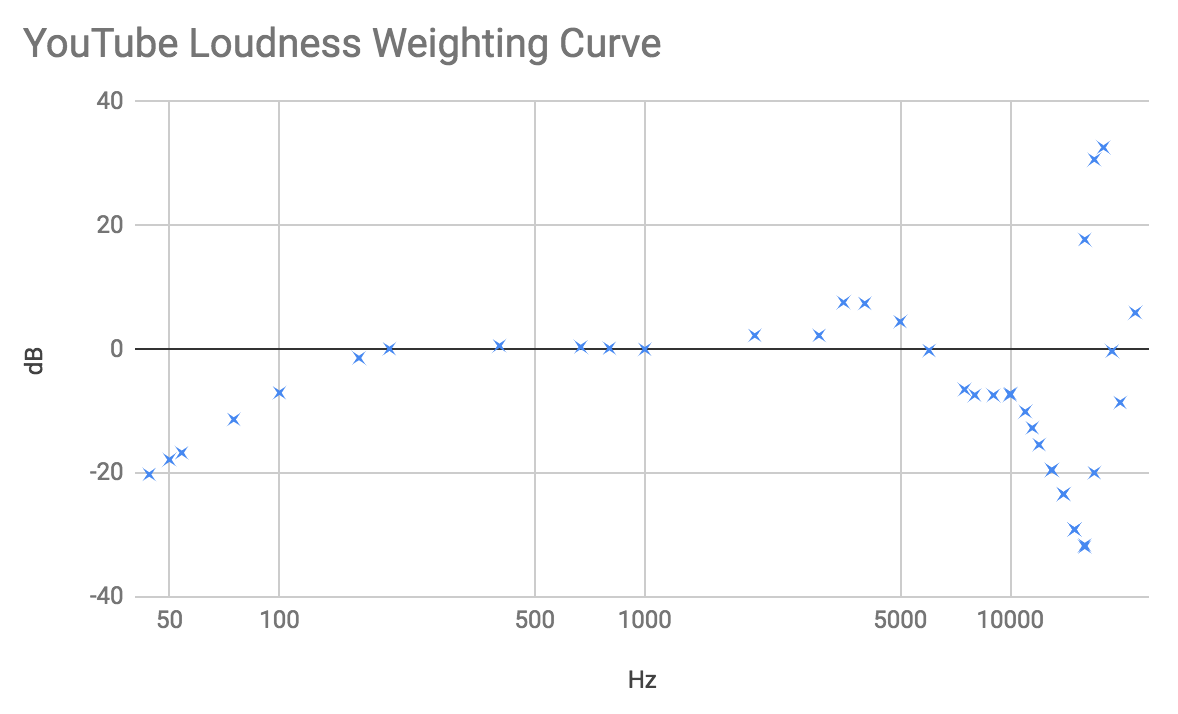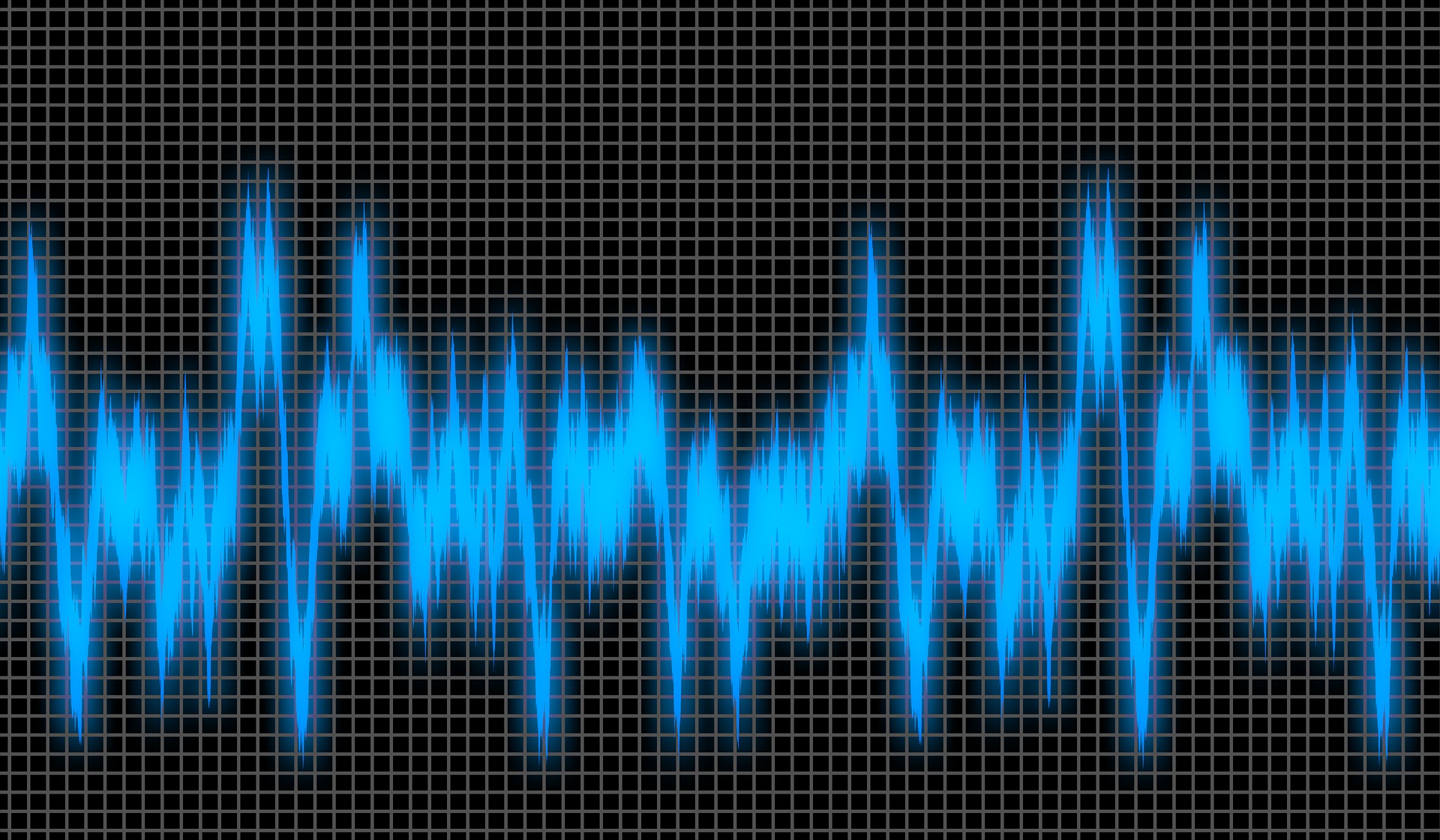I examined the share of DAW. Global, Ableton Live, Logic Pro are popular, and in Japan it turned out that Cubase, Studio One is popular.
Share of DAW

It summarized the share of DAW. Based on the questionnaire result of ask.audio in 2015 and 2018 and the questionnaire result of dtmstation.com in 2016 and 2017.
DAW's Twitter followers
I compiled the number of followers for DAW's Twitter account.
If there is a Twitter account of DAW, we have plotted the number of followers of DAW's Twitter account, the number of followers of company's Twitter account if there is no twitter account of DAW and Twitter account of DAW, 0 if neither. Please be aware that because the company's Twitter account tends to have more followers than DAW's Twitter account, it is not necessarily popular because there are many followers.
DAW release year
I summarized the year when DAW was released.
Many companies have made Midi Sequencer as the predecessor of DAW, but in that case the release year of Midi Sequencer is the release year. Digital Performer is making the score production software "Professional Composer" in 1984 as the predecessor of Midi Sequencer, but this is not included in the initial release.
Share consideration of DAW
Cubase and Studio One are popular in Japan
According to the questionnaire result of dtmstation.com, Cubase and Studio One are popular in Japan. I was expecting that Cubase and Studio One would be more sensuous in Japan, but the results were exactly as expected.
Ableton Live is popular globally
According to the questionnaire result of ask.audio, Ableton Live is popular globally. Although this result did not come to the pin sensually, as a result of seeing the number of followers of Twitter and SimilarWeb data, Ableton Live seems to be popular indeed. ※ Similar WEB data are not posted.
Why is popular DAW different between Japan and global?
There is a possibility that it is making a difference between the global and Japanese DAW share whether it is focusing on Japanese marketing or focusing on Japanese marketing. Differences in the popular music may be one of the causes.
Reason for Ableton Live being the most popular globally
I tried using Ableton Live
I actually tried using Ableton Live to explore the reason why Ableton Live gained popularity globally.
As a result, compared to Cubase, Studio One, FL Studio, no big difference was found. Places where patterns can be placed are close to FL Studio, piano rolls and mixers are close to Cubase and Studio One. It may be that you do not know the difference unless you use it for a long time.
Click here for Ableton Live trial version
Ableton Live User's Voice
Ableton Live is good at audio
Not the best when it comes to dealing with actual audio clips, as opposed to MIDI. Still very capable, but a little more scattered and convoluted than Ableton and Logic.
Honestly? I use FL because I torrented a copy in high school, and got used to the workflow. I did eventually buy a copy because I’m not a douche. I use ableton as well now, because it’s much better for working with audio clips and live performance.
Source: https://www.reddit.com/r/edmproduction/comments/6lp1ix/what_daw_do_you_use_and_why/
Ableton Live seems to be more good at audio than FL Studio.
Ableton Live takes time to master
Ableton is a bit more expensive and might be more harder to learn, FL is less expensive and it’s lifetime + kind if beginner friendly at first.
Source: https://www.reddit.com/r/edmproduction/comments/6lp1ix/what_daw_do_you_use_and_why/
Haha that’s the normal first reaction to opening Ableton — “wtf is this”
Source: https://www.reddit.com/r/WeAreTheMusicMakers/comments/82qf7i/which_daw_is_right_for_me/
Ableton Live seems to take time to learn.
Ableton Live takes less time to master
I really dislike the fact that people call FL beginner friendly compared to Ableton. Having used both for years, Ableton is so much easier to get into. Could be just me tho.
Source: https://www.reddit.com/r/edmproduction/comments/6lp1ix/what_daw_do_you_use_and_why/
There is also opinion that Ableton Live is actually easy to use.
Ableton Live is suitable for hip-hop production
Now that being said….Ableton….w/Push 2 is the goat DAW if you are into sample based production…specifically chopping samples…real hip hoppy stuff. My beef with Ableton is its archaic windows 98 looking interface.
Source: https://www.reddit.com/r/edmproduction/comments/6lp1ix/what_daw_do_you_use_and_why/
Using Ableton Live with Ableton Push 2 seems good for hip-hop production. There is a possibility that Ableton Live is popular in the hip hop popular in the United States under the trend.
Ableton Live users are friendly
Ableton user forums are generally quite helpful and the community will treat a newcomer with some respect. You better put on your bulletproof vest when using the FL Studio user forums because I’ve never seen that many arrogant pricks in one place in all my life! They’d rather ridicule you than answer your simple question (even the Image-Line employees!). Thankfully I know the software pretty well now so I avoid their forums at all costs.
Source: https://www.quora.com/Why-is-Ableton-Live-more-popular-than-FL-studio
Ableton Live users seem to be more friendly than FL Studio users.
Ableton Live encourages artist growth
What makes Ableton makes so good is number 1 its relationships with simple and complex ways of doing things, it has a germen quality about it t, in other words, the UI, the look and feel is very high, enabling high flow ie its easy to “waste” hours playing with sounds, there are crucial in becoming a better producer, a weekend playing and making sounds rather than “songs” is more valuable in learning, than a 6 month class (or do both)h.
Source: https://www.quora.com/Why-is-Ableton-Live-more-popular-than-FL-studio
Since Ableton Live is used naturally for a long time, there is an opinion that it is easy to grow as an artist.
DAW used by top artists
If you are a longing artist using Ableton Live, Ableton Live may become popular.
Marshmello: Ableton Live, FL Studio, Logic Pro
According to this information Marshmello may be using Ableton Live, FL Studio, Logic Pro.
Travis Scott: FL Studio
According to this information Travis Scott may be using FL Studio.
Other artists
According to this information, Calvin Harris, David Guetta, Armin van Buuren, Skrillex, Zedd seem to be using Pro Tools, FL Studio, Ableton Live, Logic Pro, Cubase, Studio One.
References
DAW questionnaire
https://ask.audio/articles/top-12-most-popular-daws-you-voted-for
https://ask.audio/articles/the-top-11-most-popular-daws-you-voted-for
https://www.dtmstation.com/pollsarchive
DAW's Twitter
Ableton Twitter: https://twitter.com/Ableton
Pro Tools Twitter: https://twitter.com/AvidProTools
Steinberg Twitter: https://twitter.com/steinbergmedia
FL Studio Twitter: https://twitter.com/fl_studio
PreSonus Twitter: https://twitter.com/presonus
Propellerhead Software Twitter: https://twitter.com/propellerheadsw
Cockos Twitter: https://twitter.com/cockos
Cakewalk Inc. Twitter: https://twitter.com/cakewalkinc
Bitwig Twitter: https://twitter.com/bitwig
MOTU Twitter: https://twitter.com/motutech
DAW release year
Ableton Live Initial Release Date: https://en.wikipedia.org/wiki/Ableton_Live
Logic Pro Initial Release Date: https://en.wikipedia.org/wiki/Logic_Pro
Pro Tools Initial Release Date: https://en.wikipedia.org/wiki/Pro_Tools
Cubase Initial Release Date: https://en.wikipedia.org/wiki/Steinberg_Cubase
FL Studio Initial Release Date: https://en.wikipedia.org/wiki/FL_Studio
Studio One Initial Release Date: https://en.wikipedia.org/wiki/Studio_One_(audio_software)
Reason Initial Release Date: https://en.wikipedia.org/wiki/Reason_(software)
Reaper Initial Release Date: https://en.wikipedia.org/wiki/REAPER
Sonar Initial Release Date: https://en.wikipedia.org/wiki/Cakewalk_(sequencer)
Garage Band Initial Release Date: https://en.wikipedia.org/wiki/GarageBand
Bitwig Studio Initial Release Date: https://downloads-as.bitwig.com/stable/1.0.1/release-notes-1.0.1.html
Digital Performer Initial Release Date: https://en.wikipedia.org/wiki/Digital_Performer
Summary
I examined the share of DAW.
I found that the popular DAW is different between the global and Japan. Global, Ableton Live, Logic Pro are popular, in Japan Cubase, Studio One is popular. There are many reasons for that, but I did not know what was clear.






































